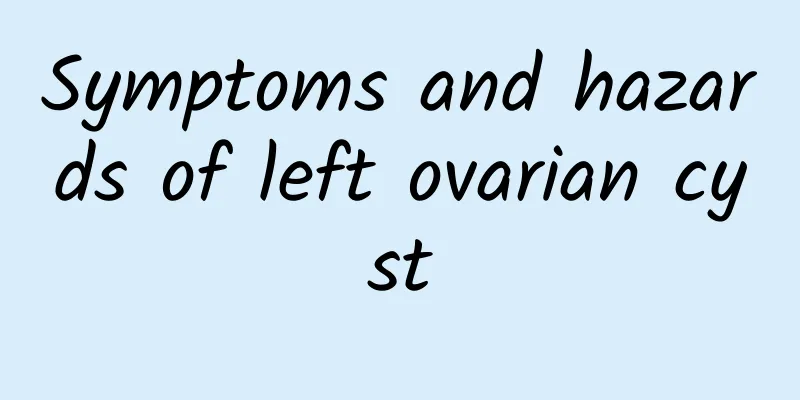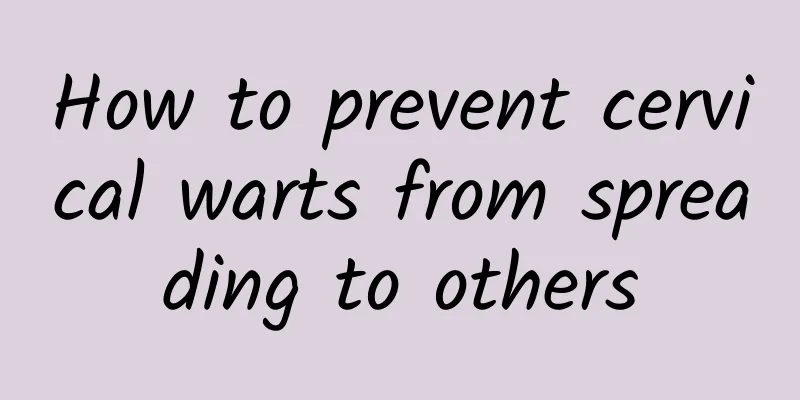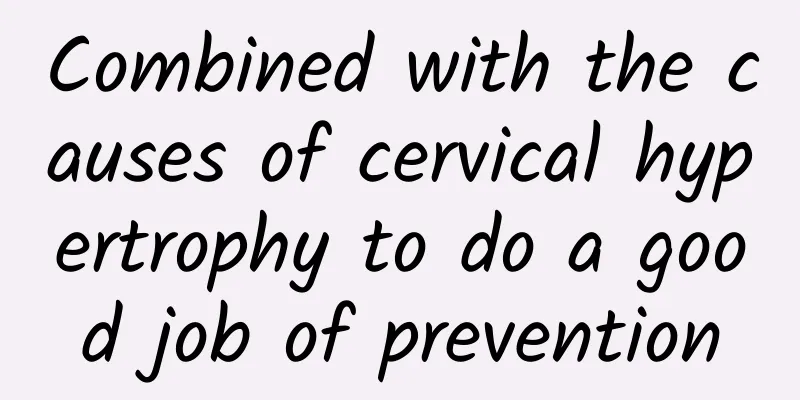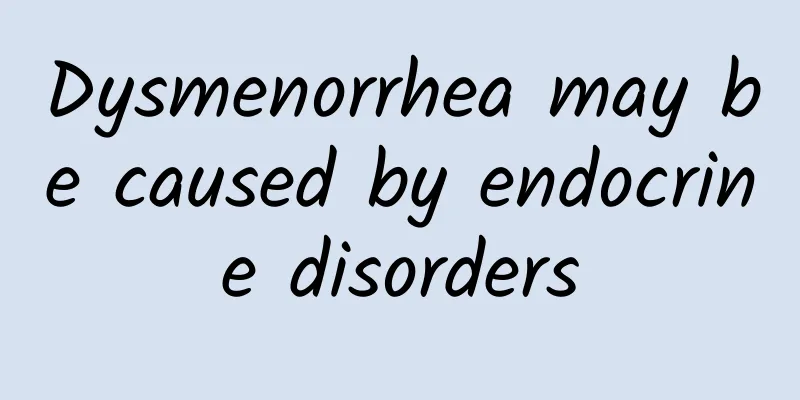Symptoms and hazards of left ovarian cyst

|
Symptoms of left ovarian cysts usually include abdominal pain, abnormal menstruation, lower abdominal distension and pain, etc. The harm may lead to ovarian dysfunction and infertility. In severe cases, the cyst may rupture or twist, and timely medical examination is required. The disease can be effectively controlled through reasonable diagnosis and treatment, such as drug therapy, surgical intervention or lifestyle adjustment. 1. Symptoms of left ovarian cyst Common symptoms of a left ovarian cyst include dull pain or distension in the lower abdomen, which may be intermittent or continuous. Some patients may experience irregular menstruation, manifested as irregular periods, increased or decreased menstrual flow, or even amenorrhea. Some people may also feel uncomfortable during sex or find an abnormal mass in the abdomen. In more serious cases, the enlargement or rupture of the cyst may cause sudden and severe abdominal pain, even accompanied by nausea and vomiting. If these symptoms occur, you should pay close attention and seek professional medical advice. 2. Harm of left ovarian cyst 1. Impaired ovarian function: Long-term untreated cysts may compress ovarian tissue, causing ovarian atrophy or dysfunction, and creating the risk of infertility. 2. Acute abdominal pain caused by cyst rupture or torsion: Some larger cysts may rupture suddenly, causing severe intra-abdominal bleeding or infection. Cyst torsion will interrupt the blood supply to the ovaries, endangering the survival of the ovaries. 3 Malignant lesions: Although most ovarian cysts are benign, a small number of cysts may become cancerous. Especially for older women or those with a family history of cancer, regular examinations should be conducted to rule out the possibility of malignancy. 3. How to deal with left ovarian cyst 1 Drug treatment: For small functional cysts without obvious symptoms, your doctor may prescribe oral contraceptives to regulate hormone levels, prevent cyst growth and relieve symptoms. 2. Surgery: If the cyst is large, growing rapidly, or suspected to be malignant, surgery may be required. Common surgeries include laparoscopic cystectomy, open surgery, or oophorectomy, depending on the size and nature of the cyst. 3 Lifestyle adjustment: Pay attention to maintaining a regular schedule, eat a healthy diet, reduce the intake of high-fat foods, exercise moderately to maintain a healthy weight, and avoid the risk of cysts due to endocrine disorders. When severe abdominal pain occurs, avoid strenuous activities, moderate sexual life, and seek medical attention as soon as possible. If the left ovarian cyst is not treated in time, it may bring great health risks. It is recommended to have regular gynecological examinations including ovarian ultrasound every year to detect problems and intervene early to protect health. If symptoms or cysts are diagnosed, do not delay and follow the professional to develop a personalized treatment plan in time to ensure early detection and early treatment. |
<<: Common symptoms of adenomyosis
>>: Causes of hydatidiform mole
Recommend
Cervical erosion is a common type of cervicitis
There are many types of cervicitis, such as cervi...
Can I eat oranges after a miscarriage? I should try to eat less
Many people like to eat oranges. Among all fruits...
Eat during the hot autumn weather to whiten your skin! 4 effective nutrients of coffee chlorogenic acid
Do you feel that the autumn heat is very strong? ...
What are the symptoms of menopause?
In life, people should pay attention to understan...
Diagnosis and treatment of congenital absence of vagina
Congenital absence of vagina quietly breaks into ...
What medicine is used to treat adenomyosis?
What medicine is used to treat adenomyosis? Many ...
What should you pay attention to after abortion? Three taboos after abortion
Abortion is a common gynecological procedure that...
What are the early symptoms of cervical erosion?
What are the early symptoms of cervical erosion? ...
What medicine should be used for pelvic inflammatory disease and excessive vaginal discharge? It is decided by the doctor
If there are symptoms of pelvic inflammatory dise...
Is it safe to have painless induced abortion after pregnancy?
Many women often choose many methods to abort the...
What are the symptoms of uterine fibroids? What are the feelings and symptoms of uterine fibroids?
Uterine fibroids are common benign tumors that ca...
What are the symptoms of adnexitis?
Most people know that adnexitis has a bad effect ...
What causes uterine fibroids? Can an unreasonable diet also cause uterine fibroids?
1. Bad lifestyle Unhealthy female lifestyles can ...
How to treat candidal vaginitis for a long time?
How to treat candidal vaginitis for a long time? ...
Let's learn about the prevention of female pelvic inflammatory disease
Gynecological diseases are very common in women. ...









